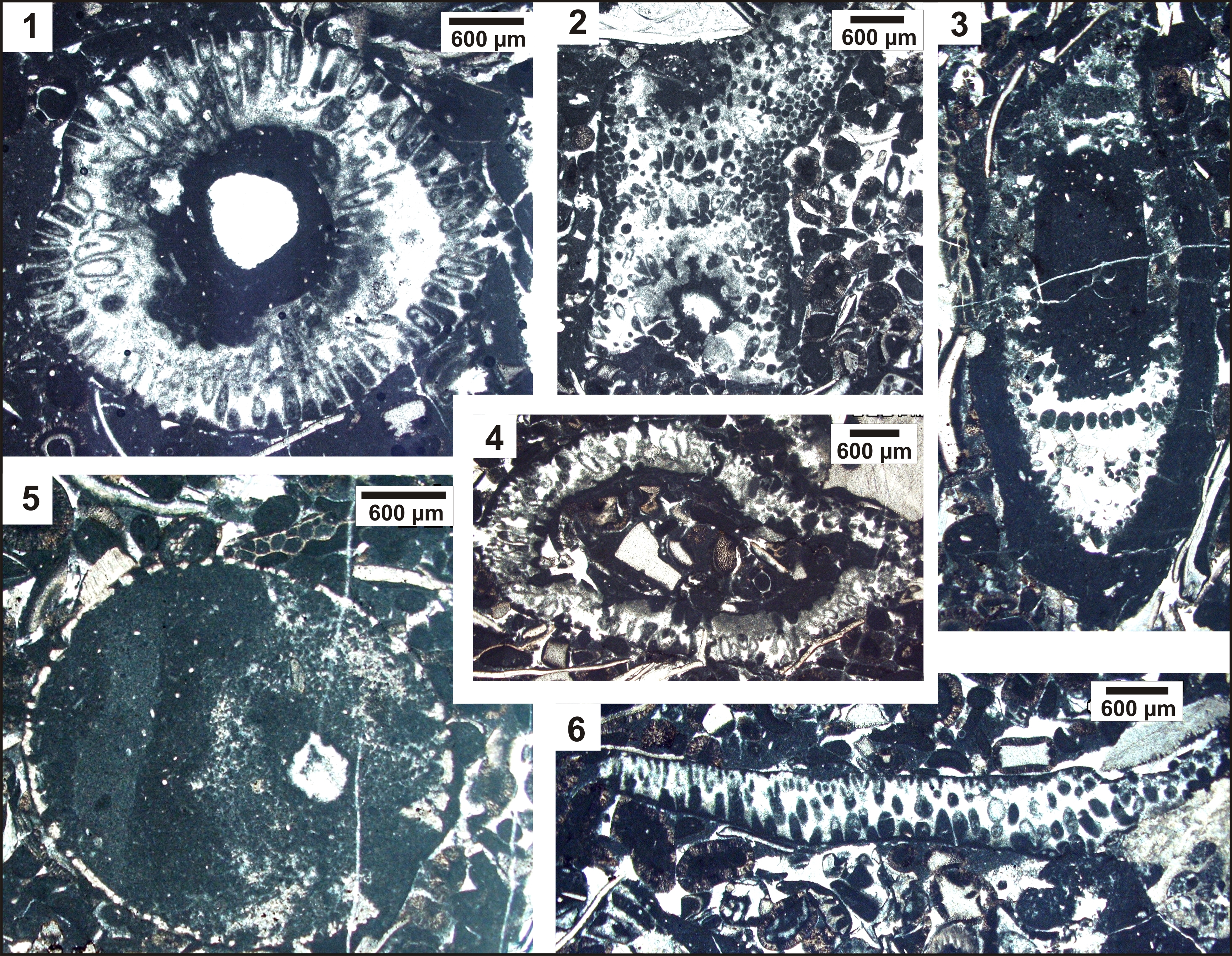SOME MICROFOSSILS (DASYCLADALES, BENTHIC FORAMINIFERA, SPONGES) FROM THE UPPER JURASSIC MOZDURAN FORMATION (NE IRAN, KOPET-DAGH) AND THEIR BIOSTRATIGRAPHIC AND PALAEOBIOGEOGRAPHIC IMPORTANCE
DOI:
https://doi.org/10.13130/2039-4942/11482Abstract
The Mozduran Formation represents mainly carbonatic shallow-water deposits from the Kopet-Dagh basin of northeast Iran. Longtime considered to be of exclusively Late Jurassic (Oxfordian-Kimmeridgian) age, its ranging into the Early Cretaceous has been demonstrated in recent times. The micropalaeontological inventory and biostratigraphic data however, are still poorly constrained. In the present contribution, some taxa of Dasycladales [Campbelliella striata (Carozzi), Montenegrella florifera Bernier, Petrascula bugesiaca Bernier, Petrascula cf. bursiformis (Éttalon), Triploporella sp.], benthic foraminifera [Neokilianina rahonensis (Foury & Vincent), Spiraloconulus suprajurassicus Schlagintweit], and sponges (Paronadella? sp., Neuropora lusitanica G. Termier & H. Termier, Thalamopora sp.) are reported. Some taxa are reported for the first time from this formation, some even for the first time from Iran. The identified assemblage is assigned to the Tithonian, although a late Kimmeridgian age for the lowermost part of the section studied is possible. A palaeobiogeographic restriction to the former Neotethysian margin might be possible for the two Petrascula species.
Metrics

Downloads
Published
Issue
Section
License
The journal allow the author(s) to hold the copyright without restrictions.
Accepted 2019-04-05
Published 2019-04-05






